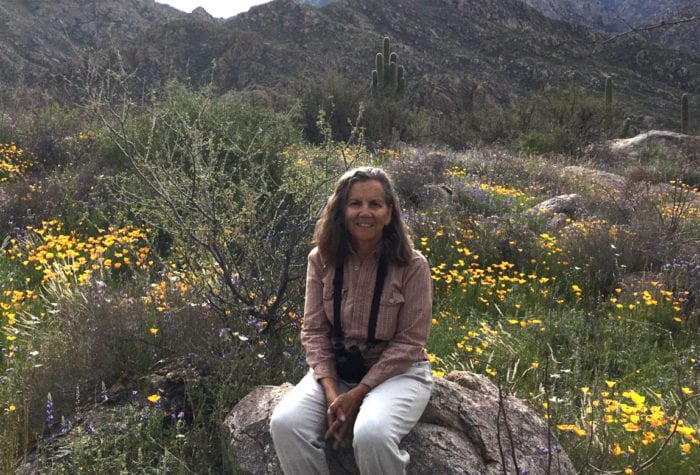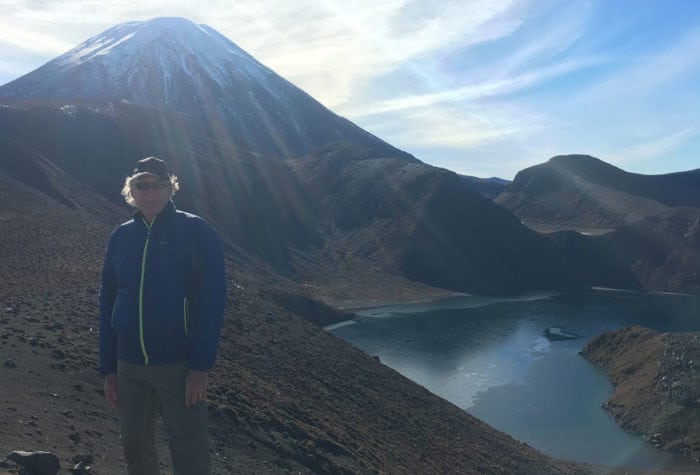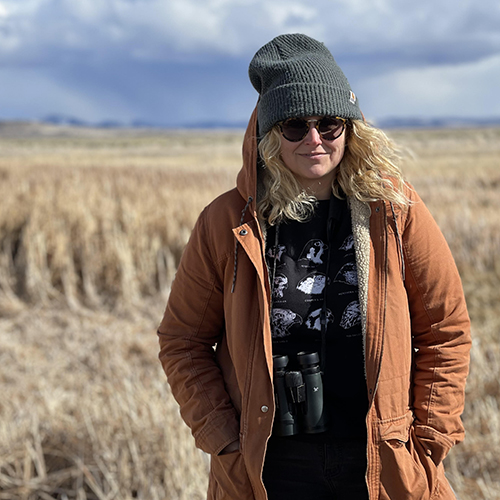Author: Tara Lemezis | Published Date: May 3, 2021 | Category: How-To
The variety of bird species in the desert is truly unparalleled and, depending on the time of year, you can witness courtship displays, foraging and hunting, nesting, baby birds, and your ears will be filled with the sounds of birdsong. Late spring is always an ideal time to explore. However, I’ve recently discovered the high desert in July, when burrowing owls are aplenty, common nighthawks loaf on fence posts until just after golden hour before performing their nightly dinnertime aerial displays, wildflowers are showy, and the way the lingering summer light fires up the entire landscape makes for colorful and remarkable images.


